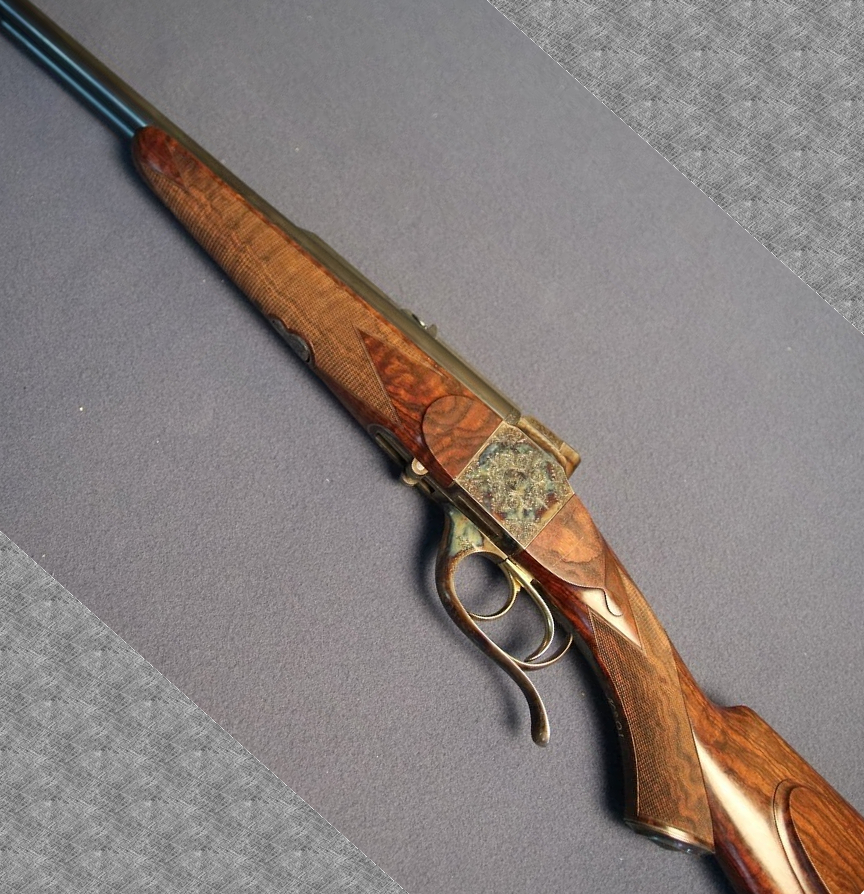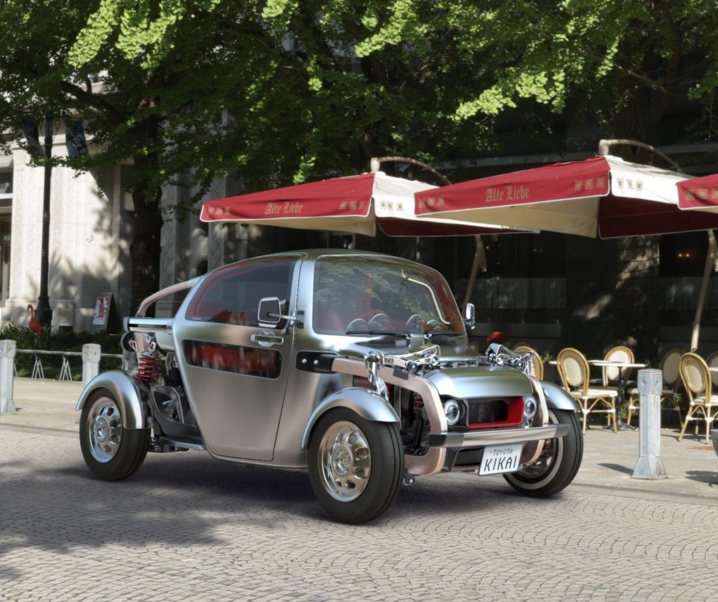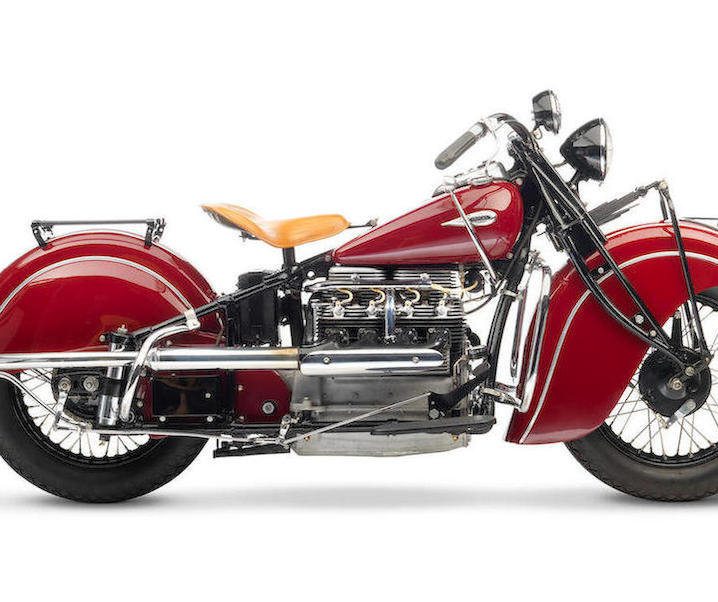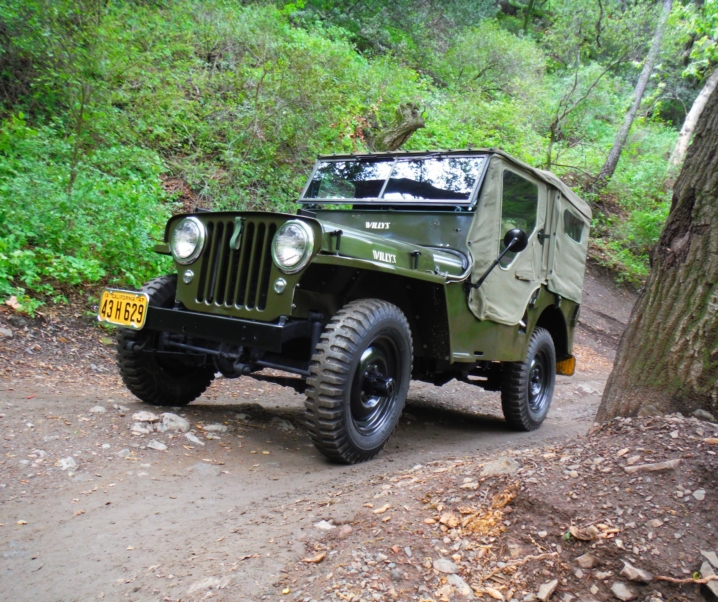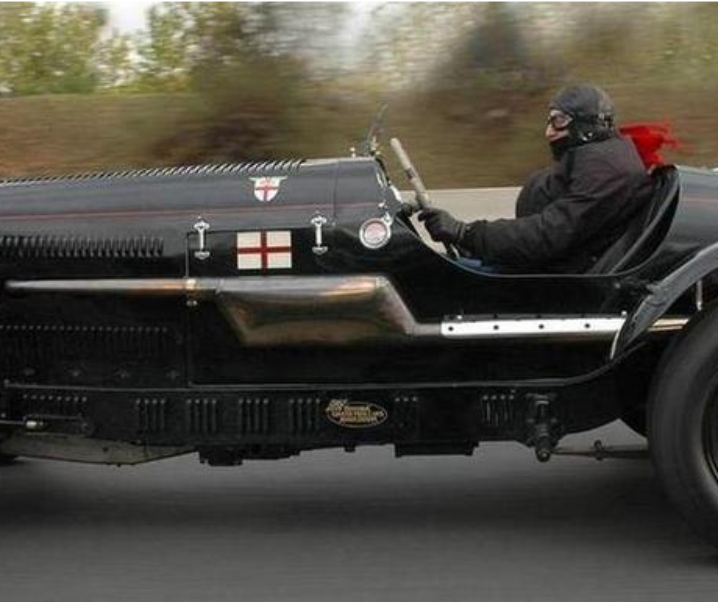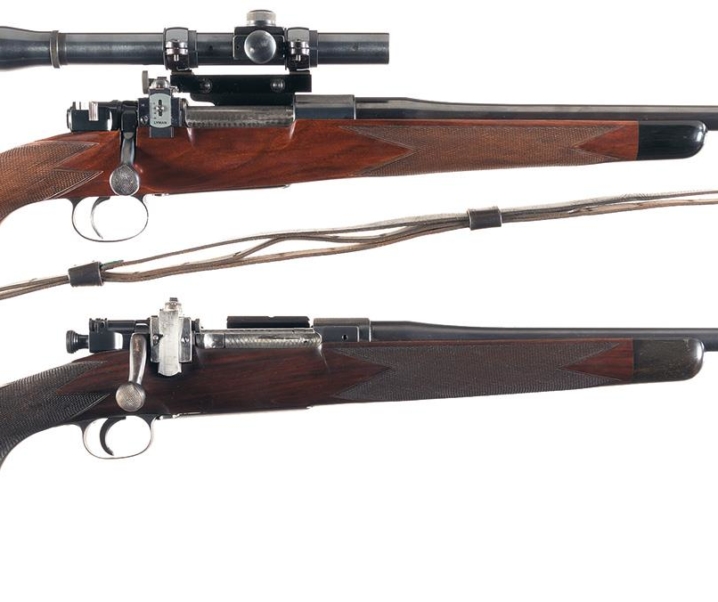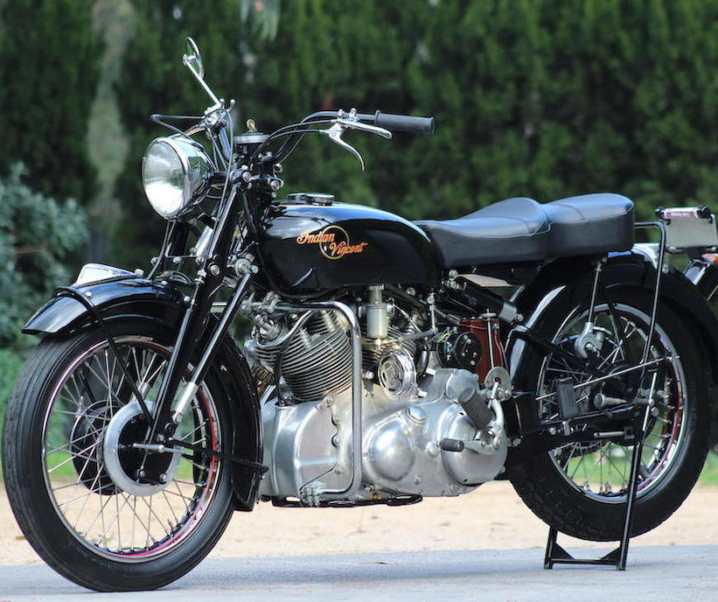Introduction: The Break-Action Double Rifle
The double barrel action has long been established as a shotgun action, ideal for providing an effortless second shot, and able to be made as an elegant looking, and instinctive handling gun. I don’t know about you, but my preference for a shotgun is a quality side by side double which, to me at least, feels and works wonderfully. There may be side by side shotguns that handle and point like a lump of iron pipe: happily I’ve lived a life where I’ve generally managed to avoid them.
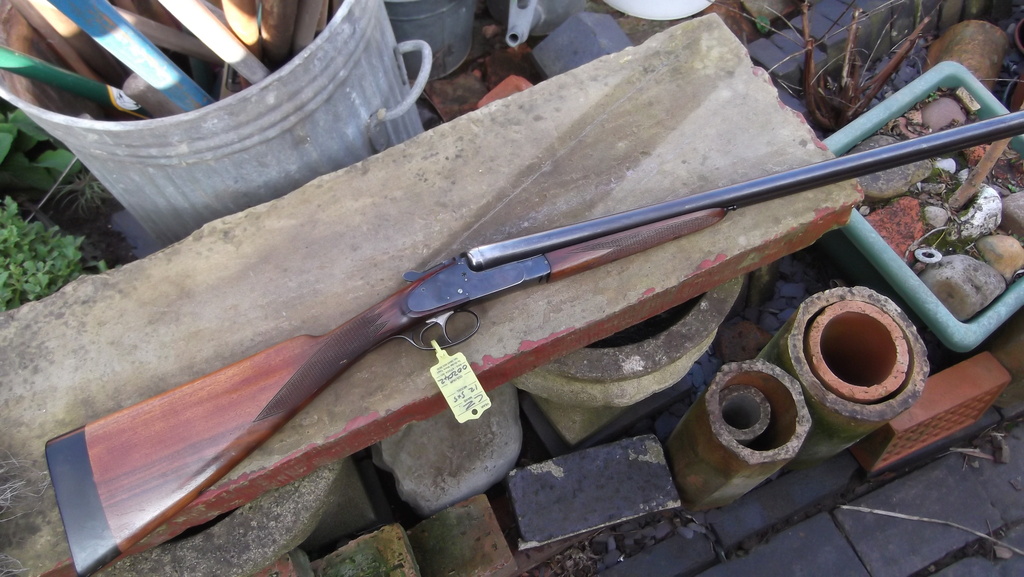
The double barrel break-action rifle possesses the same characteristics that make a quality side by side shotgun such a delight to use; they’re fast handling and instinctive. Yes, there are inexpensive double rifles available such as those by Baikal which are, of course, not in the same league as the much more expensive double rifles: but they work well enough as a hunting rifle for the woods.
There are disadvantages to the break-action double rifle type of action, just as there are for each of the other action types. For example, the break-action double rifle is not a good candidate as a long range rifle because of its having two barrels joined together which causes issues as barrels heat up in firing, and the breech lock-up is not as consistently concentric as can be obtained with a bolt action, which is why benchrest shooters almost all use bolt action rifles with much attention paid to the action bedding, and normally with a free floating barrel.

So the double rifle is at its best at moderate ranges, in situations where you need a rifle that handles instinctively like a shotgun: this is why double rifles are a preferred choice as a dangerous game rifle, and why they are popular in Europe for driven game such as boar.
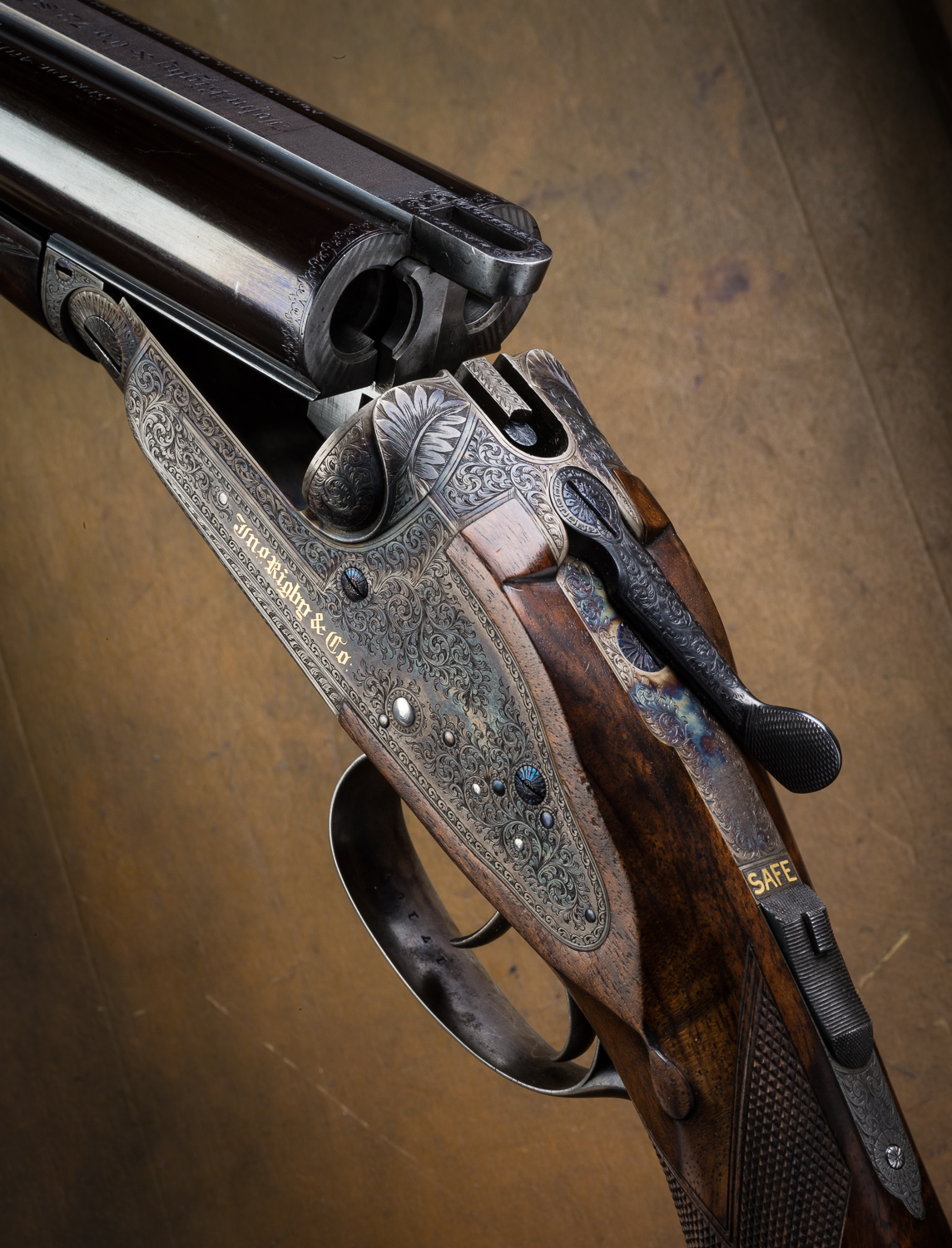
There are two areas in which the break action double rifle action presents weaknesses. The first is the need to operate the top lever and drop the barrels open, which requires time and effort, before fired cases can be extracted/ejected and fresh cartridges loaded. The second weakness is the strength of the action itself. A break-action double rifle will have locking lugs under the breech of the barrels but these are normally not enough on their own to keep the rifle closed against the breech thrust of rifle cartridges operating at much higher pressures than a shotgun. To mitigate against this various top locking devices have been invented such as Rigby’s “Rising Bite”, the “Dolls Head”, and the Greener top bolt.
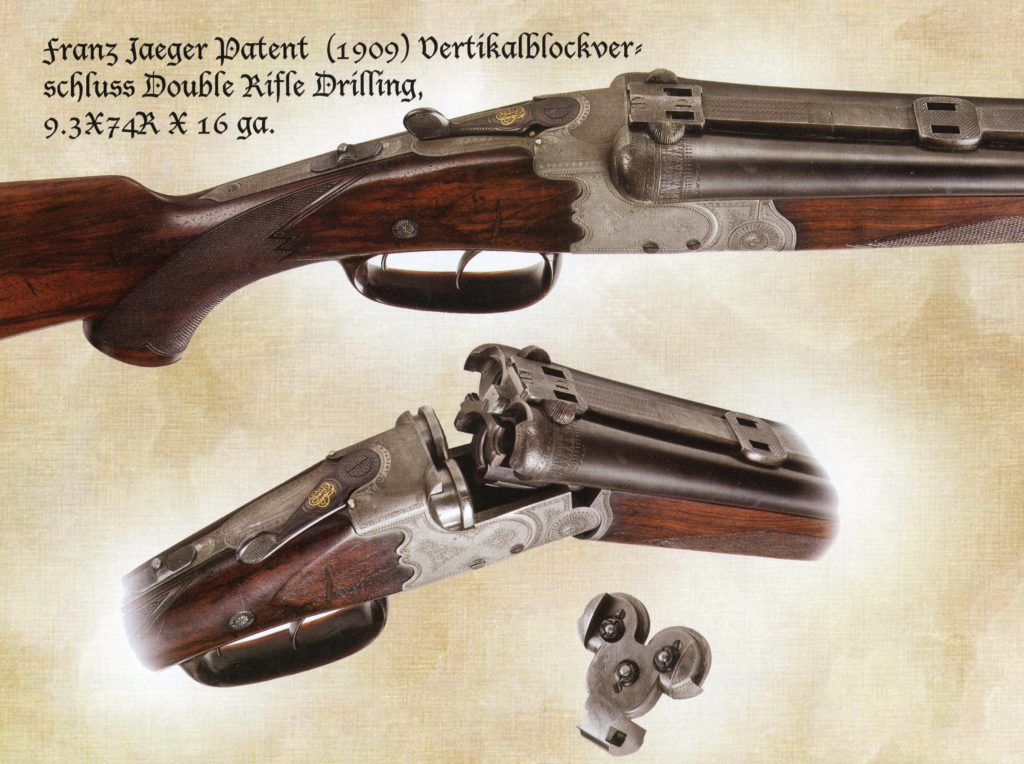
This then begs the question as to whether a double-rifle can be made with an action that does not require the barrels to be dropped? And this leads us to the second question as to whether a double rifle could be made that provides all the strength needed for high intensity cartridges, instead of requiring cartridges of reduced pressure such as the 375 Flanged Magnum by comparison with the belted 375 Holland & Holland Magnum for example?
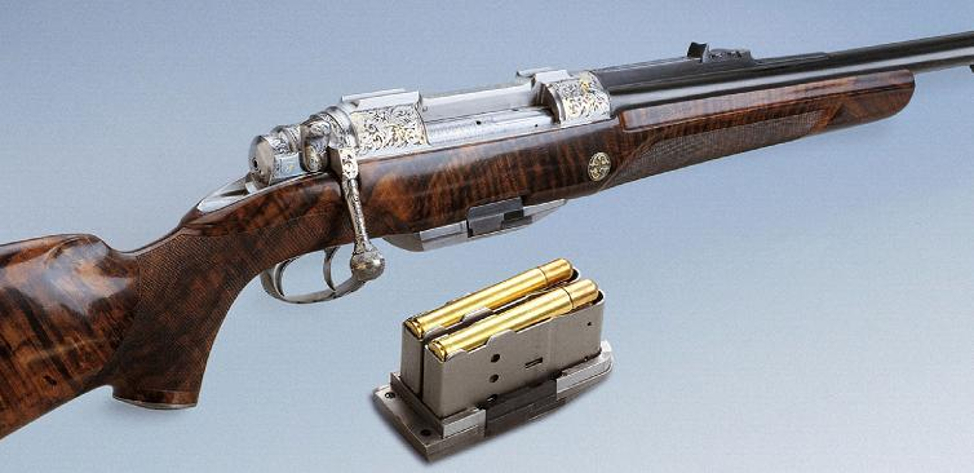
One design that has been made to accomplish these things is the Szecsei designed bolt action double rifle, which is made by Fuchs. It blends the strength of the bolt action with the repeatability of the double rifle. To keep the weight reasonable the rear locking action makes use of titanium where practicable.
The Falling Block Double Rifle
Falling block action rifles, such as the Farquharson or the Ruger No.1, are normally only made as single shots. But if you think about it there is no insurmountable difficulty in building a double rifle based on the same action type, but it just needs to be made wide enough for two barrels side by side. The falling block actions like the Farquharson and Ruger No.1 are among the strongest sporting rifle actions made, so the use of a falling block action for a double rifle would ensure it was strong enough for any sporting cartridge it was designed for.

The use of a falling block action in a double rifle has an additional advantage: it removes the need for the barrels to be dropped to open the breech. Instead the under lever is opened, just like on a Ruger No.1, and the fired cases ejected leaving an open breech ready for fresh cartridges to be inserted and the action closed for the next shot.
Has anyone ever built such a rifle? Yes they have: they are rare, but there are a number of gunsmiths who have made them.
Johann Kalezky
Johann Kalezky was a Vienna gunmaker of the late nineteenth century, he passed away in 1899. His wife, Bertha took over the business and ran it successfully with the gunmaking work being done by the shop “Werkmeister” (i.e. Workshop Manager) a Mr. Hanusch. There are quite a number of guns bearing the Kalezky name but I know of only one falling block double rifle, although others quite possibly exist.
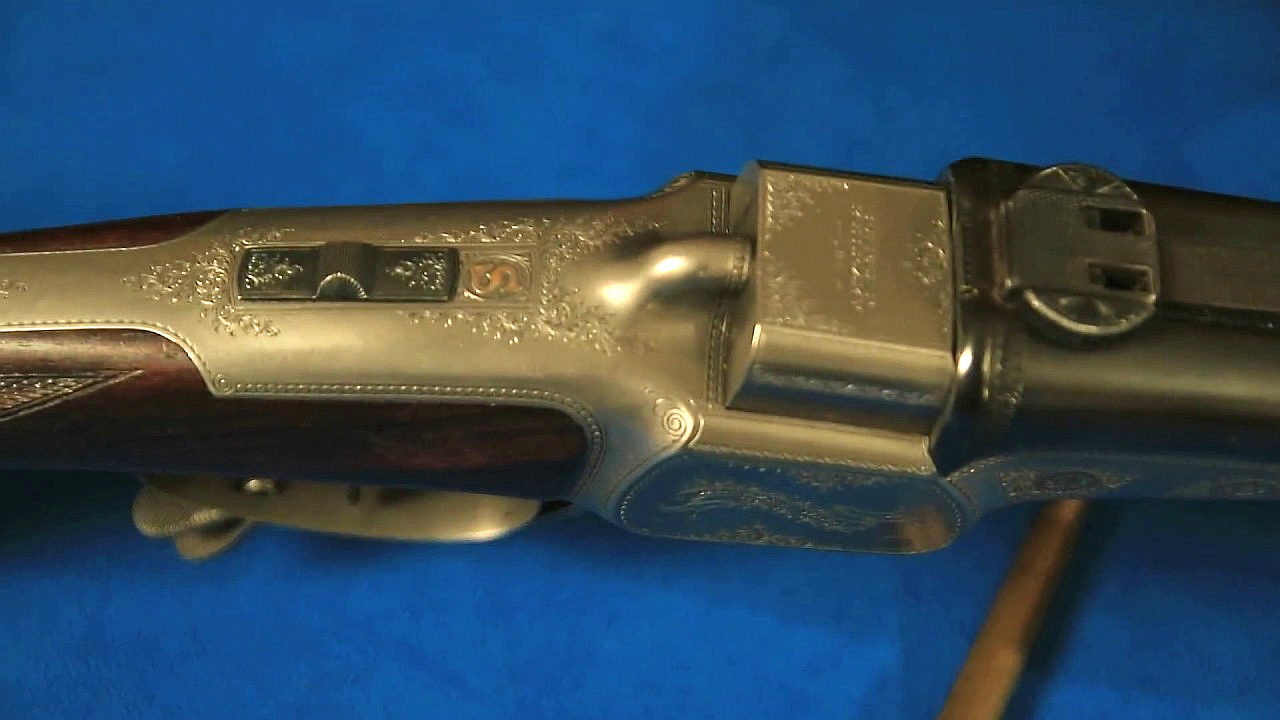
The Kalezky falling block double rifle action presents us with some insights into the difficulties inherent in making this type of action: from an engineering point of view the falling block as applied to a double rifle presents a practical problem that does not apply to a single barrel, that being that the double barrels have to be regulated to shoot closely together. For a side by side double rifle the left a and right barrels have to be regulated so they shoot closely parallel to each other, perhaps with a degree of convergence at the maximum practical hunting range the rifle would be expected to be used at.
In order to regulate the barrels the gunmaker uses strategically placed wedges between them which are soldered in place. The rifle is taken to the shooting grounds and the point of impact of each barrel checked. The barrels are then heated to melt the solder and the wedges between the barrels adjusted to regulate the barrels to shoot together in the desired way. This process is normally repeated more than once to achieve the desired result.
The problem in making a falling block double rifle is that in a falling block action the barrel is commonly threaded and screwed into the action body, just as is done for most bolt action and lever action rifles. Have a close look at the diagram of a Ruger No. 1 action to see this.

If you now compare the picture of the Kalezky falling block double rifle with the Ruger diagram you will see that the barrels are mated to the receiver in a quite different way in order to permit conventional regulation of the barrels. The Kalezky action extends forward under the barrels to provide for their attachment from the underside, in a sense a bit like the way a break action’s barrels are locked in place by locking lugs that take hold underneath the barrels. Because this may provide less support for the barrels we can see that the gunmaker (probably Mr. Hanusch the “Werkmeister”) has added a central rear support for the falling block itself.
In operation this rifle is arguably more streamlined than a conventional break action: to open the action the under-lever is pushed down just as on a Ruger No.1 or Farquharson, this extracts/ejects the fired cases and exposes a very clean open breech for reloading.
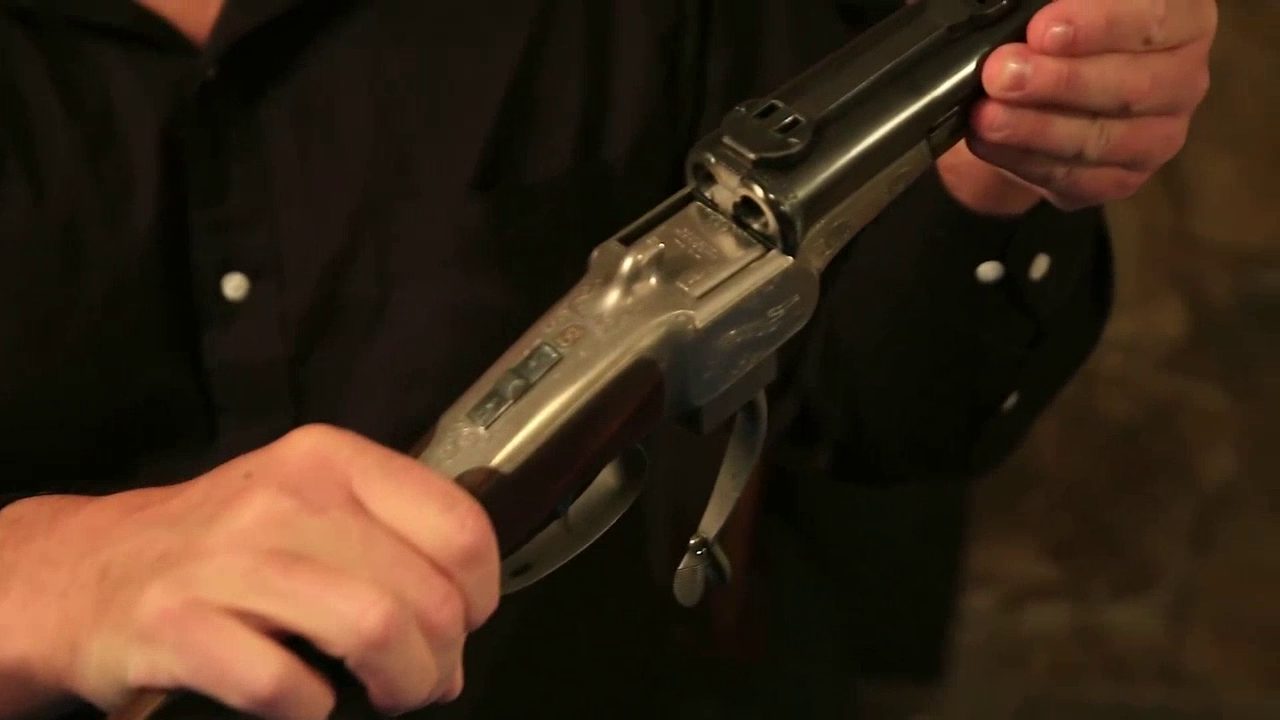
Fresh cartridges are inserted and the under-lever brought up to lock the action: neat, convenient and efficient, with the need to drop the barrels eliminated.
For an in depth look at the Kalezky falling block double rifle in action see the video below courtesy USOG.
[arve url=”https://www.youtube.com/watch?v=hc_Ev8D25bw” /]
Martin Hagn
Martin Hagn of British Columbia, Canada is a master gunmaker who is known for his Hagn single shot falling block action. Martin Hagn was approached by a customer with a request to build a falling block double rifle in 7x57R. He undertook the work and the completed rifle is pictured below and in the video that follows.
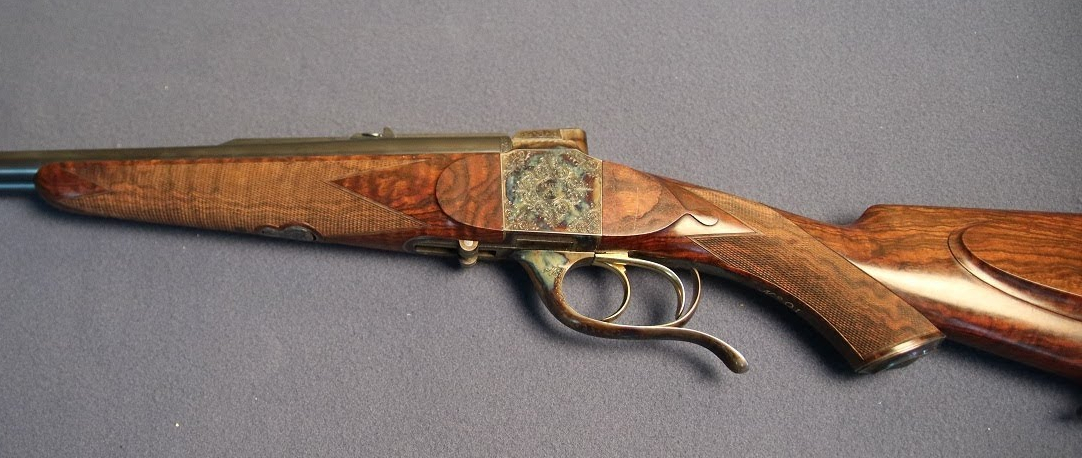
As with the Kalezky rifle featured previously the method of securing the barrels to the action body could not be done by threading the action and screwing each one in because of the need to be able to remove the barrels to regulate them, or to re-regulate them should that become necessary. Double rifles tend to need to be regulated for one type of ammunition and may or may not hold their regulation if that ammunition is changed. In some cases a very small change can result in a double rifle shooting its barrels inches apart at 100 yards. It happened to a friend of mine earlier this year who reloads his ammunition for his doubles. He ran out of his supply of primers and went and bought replacements of the same brand and type, so the change was only in the batch. One of his doubles didn’t like the change and promptly decided to place its shots from left and right barrels no less than eight inches apart. He is now looking down the barrel of getting his rifle re-regulated. So, the upshot of the story is that a double rifle needs to be made so the barrels can be easily removed in case re-regulation proves to be necessary.
The Martin Hagn falling block double rifle was made with ejectors and, as you can appreciate from the photograph above, is an exquisitely made piece.

The Martin Hagn falling block double rifle features raised action sides which have artillery breech style locking grooves for the raised locking lugs on the breech block. This means that the breech is not as open or accessible as that of the Kalezky.
For a look at the only falling block double rifle made by Martin Hagn watch the video courtesy USOG below.
[arve url=”https://www.youtube.com/watch?v=HKkx_d8cY_c” /]
Miller & Greiss
Miller & Greiss were quite well known gunmakers located in Munich, Germany. The name is not well known outside of collector and classic rifle circles nowadays however. One of Miller & Greiss’s creations was the 9.5×73 cartridge which was the .404 Jeffery necked down to take .375″ bullets, and the Mauser action rifles they made in that caliber. Prior to that however Valentin Greiss created and patented a falling block double rifle which has a number of sophisticated technological innovations.

This falling block double rifle was made in 1891 and Valentine Greiss received his patent for it in 1894, so this may be a prototype example. Of special note is that the action and barrels of this Miller & Greiss rifle were apparently forged together rather than being joined by more conventional means.

This particular rifle was the property of the great, great grandchild of Emperor Franz Josef I, Emperor of Austria and King of Hungary, and no doubt it would have some stories to tell. It is made for the .450 Short Black Powder Express cartridge.
This rifle was sold by Rock Island Auction in April 2018.
You can find its sale page with more details if you click here.
Conclusion
The falling block action used for a double rifle would seem to offer some advantages over the more common break action style. It potentially offers a stronger action and could be a tad quicker to reload because it eliminates the need to force the barrels down to open the action and cock the strikers/hammers. To reload the shooter would only have to lower the lever, which would eject the fired cases, and then drop fresh cartridges in before raising the lever.
A falling block double rifle must be made so that the barrels can be removed, both during the rifle’s building and regulation process, and for later re-regulation or re-barreling if needed.
It is a bit of a puzzle as to why these are such a rare rifle, although no doubt the cost of making one might tend to limit their market. That being said the break action double rifles from the London gunmakers have always been costly but they are still quite plentiful. Perhaps a custom rifle maker somewhere will turn their mind to creating a perfected falling block double rifle that will make this style of action far more popular than it has been up to now.


Jon Branch is the founder and senior editor of Revivaler and has written a significant number of articles for various publications including official Buying Guides for eBay, classic car articles for Hagerty, magazine articles for both the Australian Shooters Journal and the Australian Shooter, and he’s a long time contributor to Silodrome.
Jon has done radio, television, magazine and newspaper interviews on various issues, and has traveled extensively, having lived in Britain, Australia, China and Hong Kong. His travels have taken him to Indonesia, Israel, Italy, Japan and a number of other countries. He has studied the Japanese sword arts and has a long history of involvement in the shooting sports, which has included authoring submissions to government on various firearms related issues and assisting in the design and establishment of shooting ranges.

